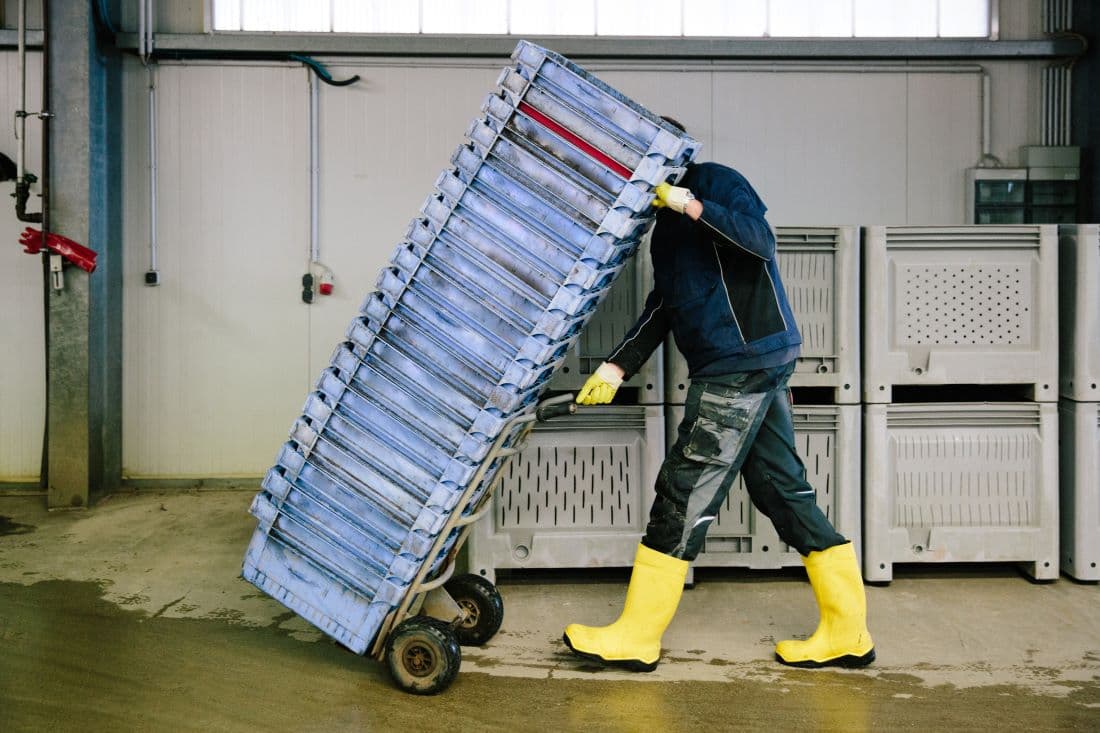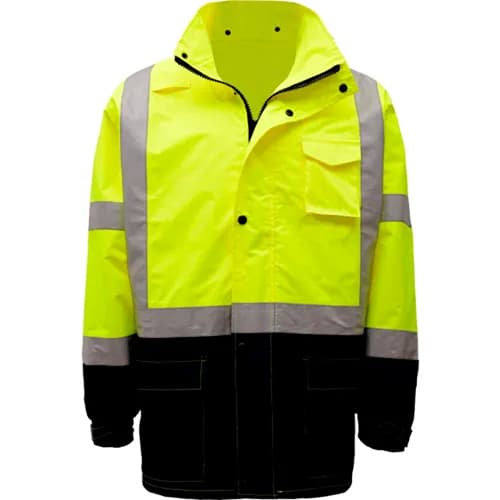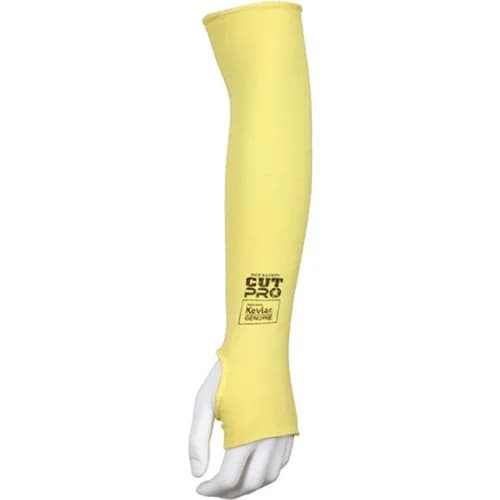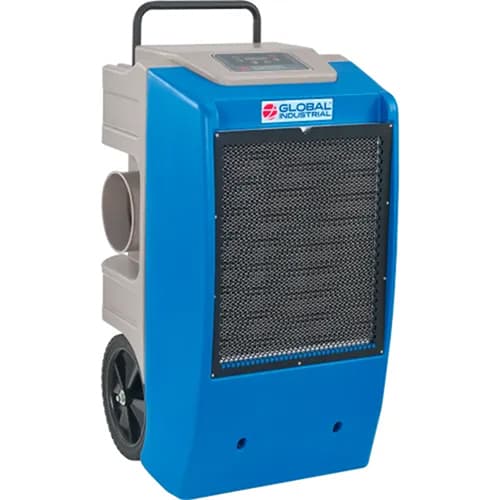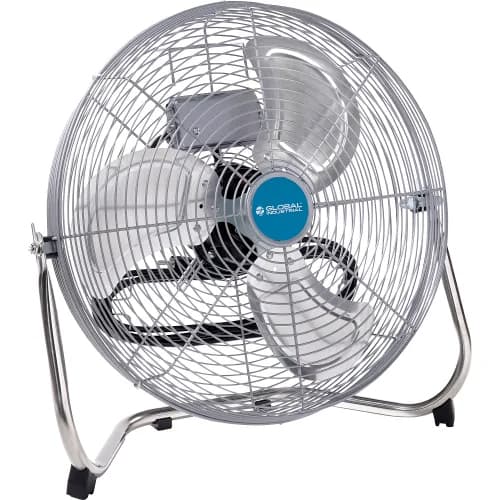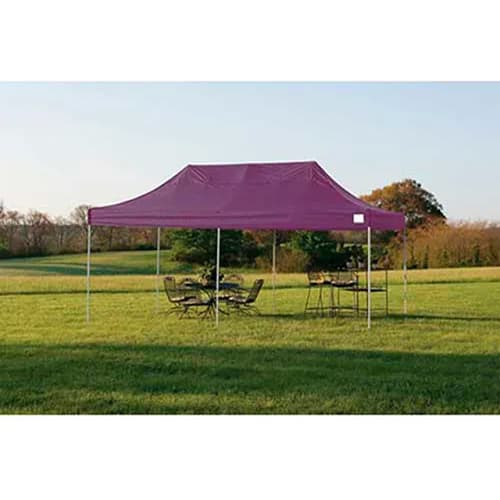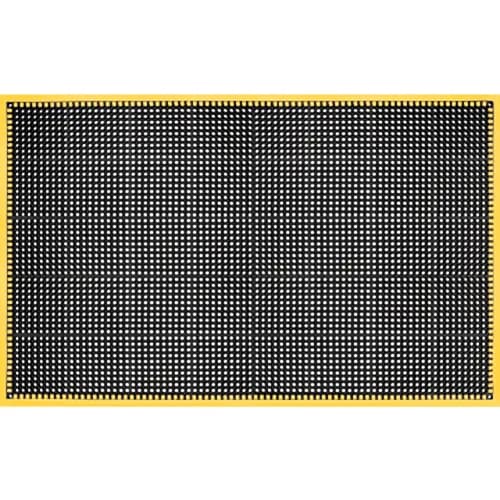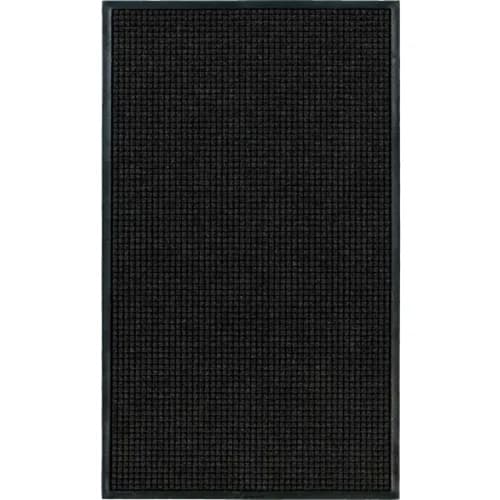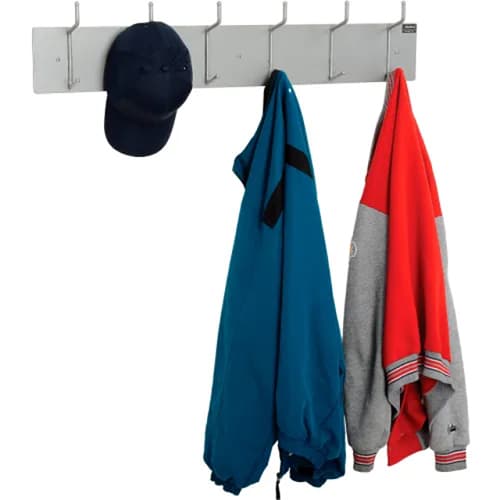A dry crew is a happy crew. But keeping your crew dry is about more than comfort—it's essential for workplace safety and productivity. OSHA provides detailed guidance on maintaining safe working conditions in wet environments. While it is not an OSHA requirement to provide employees personal clothing items, many employers provide their workers with winter weather gear such as winter coats/jackets and gloves.
Adverse conditions - whether indoors or outdoors - increase the risk of slips, trips, and falls, the leading causes of workplace injuries. Dry work environments can reduce accidents and improve overall efficiency. By implementing the right solutions to keep your crew dry, including waterproof apparel and boots, climate control devices such as dehumidifiers and evaporation cooler, floor mats, and outdoor utility tents as well as proper workplace protocols and training, you can create a safer, more productive working environment.
Guidelines for Staying Dry
There are three key areas to focus on: protective clothing, safe workspaces, and proper training on equipment usage:
Dry Workwear
When thinking of keeping your crew dry, start with the basics: what are they wearing? Providing proper protective clothing is the first step in keeping your crew safe and comfortable. From head to toe, there are simple things you can do to protect your crew:
‘Water-Resistant’ Coats and Jackets:
When clothes are likely to get wet, workers should be equipped with waterproof outerwear. With moisture resistant materials such as polyester with polyurethane and teflon coating, these lightweight and vented coats and jackets are far more durable and moisture-resistant than their standard counterparts.
Aprons and Sleeves:
Depending on your working environment, you may require specific gear to protect from moisture as well as spills and cuts. Like the coats and jackets, a PVC-coated apron can protect you better from wetness than a typical apron. If you are wearing an apron, make sure it extends below boot tops to prevent splashes from entering footwear.
Footwear:
Workers in wet areas must wear work boots or shoes made of impervious materials like rubber to keep feet dry and prevent exposure to hazards. Select waterproof boots or water-resistant boots with non-slip soles to prevent falls. In areas with electrical risks, choose boots made from non-conductive materials for added safety. Moisture-wicking socks help keep feet dry and prevent blisters during long shifts.
Eye Protection:
Tight-fitting goggles or face shields are necessary in environments with potential for chemical splashes or wet processes.In addition, waterproof gloves, hats, and headgear keep exposed skin dry and reduce discomfort.
Dry Workspaces
There are some key ways to keep your workspaces dry. Floors must be kept as clean and dry as possible to reduce slip hazards. Use drainage mats or raised platforms in wet process areas to channel water away from walking surfaces. Non-slip flooring materials are crucial for reducing fall risks. Electrical tools and equipment must be evaluated for use in damp environments to prevent electrical hazards. Here are some helpful products to keep your workspace dry:
Dehumidifiers:
Dehumidifiers are essential in wet working environments because they help reduce excess moisture, preventing mold, mildew, and rust that can damage equipment and structures. By maintaining optimal humidity levels, they create a safer, healthier workspace and improve air quality for employees. Additionally, dehumidifiers enhance the longevity and performance of tools, materials, and machinery, reducing maintenance costs and downtime.
Evaporative Air Coolers:
While evaporative coolers can increase humidity and are most effective in drier climates and environments, these cooling devices are efficient and effective solutions for lowering the air temperature in a workspace. Evaporative Coolers can help reduce heat stress and create a more comfortable (and productive) working environment, especially in higher-temperature climates.
Fans:
By improving ventilation, fans help control humidity levels, minimizing the risk of mold and mildew growth. They also enhance air quality and comfort for workers, making the environment more productive and safe.
Outdoor Utility Tents:
In outdoor settings, work tents protect workers, tools, and supplies from rain, snow, and other elements.
Drainage Mats:
Place anti-slip mats with drainage capabilities in high-traffic areas to capture water and keep floors safe.
Entrance Mats:
Use entrance mats to trap water and debris at doorways, reducing moisture in the workspace.
Coat Racks & Umbrella Stands:
Providing organized storage for wet outerwear and umbrellas helps to keep work areas dry and free of clutter as well as preventing slippery floors and potential safety hazards.
Emergency Preparedness
An ounce of prevention is worth a pound of cure. Creating a dry workplace minimizes hazards and improves safety. Train your team on how to prepare for seasonal risks like inclement weather and natural disasters. Have a plan in place for accidents, such as spills. Consider these equipment solutions:
- Sorbent Pads
- Wet/Dry Vacuums
- Sump Pumps
- Heated Floor Mats (for Winter/Snow)
- Cooling (for Summer) to prevent sweat
Additional Comfort and Safety Tips
Hydration and nutrition also play a critical role in worker performance. In wet or humid conditions, ensure your crew has access to snacks and refreshments to maintain their energy and focus. Quick, portable options like energy bars and electrolyte drinks are particularly helpful during long shifts. For a deeper dive into keeping your crew safe from head to toe, check out our Head-to-Toe Safety guide. This comprehensive resource offers additional insights into choosing the right protective clothing, waterproof boots, PPE, and workplace solutions. Explore our selection of workplace safety solutions and expert resources to keep your crew dry and protected in any conditions.
Check out our series of “Keep Your Crew” guides for more tips on enhancing your team’s safety, productivity, and jobsite satisfaction.
The information contained in this article is for informational, educational, and promotional purposes only and is based on information available as of the initial date of publication. It is the reader’s responsibility to ensure compliance with all applicable laws, rules, codes and regulations. If there is any question or doubt in regard to any element contained in this article, please consult a licensed professional. Under no circumstances will Global Industrial® be liable for any loss or damage caused by your reliance on this article.
